Have you ever caught a snowflake on your tongue and wondered what makes it so special? Let's explore the magical world of snow and discover some amazing scientific secrets that you can explore with your kids this winter!
What Makes a Snowflake?
Picture this: high up in the clouds, where it's super cold, tiny water droplets turn into ice crystals. As these crystals fall through the clouds, they bump into water vapor that freezes directly onto them. That's how snowflakes are born! But here's the really cool part – no two snowflakes are exactly alike. Just like how every child is unique, each snowflake has its own special pattern.
Fun Activity for Parents and Kids: On a snowy day, catch snowflakes on a dark-colored piece of paper or fabric that's been chilled in the freezer. Bring a magnifying glass outside and let your kids examine the detailed patterns. You can even try taking pictures of them!
Speaking of snowflakes, why not bring the magic indoors? Check out our "DIY Snowflake Wall Hanging - Easy Paper Craft Tutorial" to create beautiful decorations that will make your room feel like a winter wonderland!
The Secret Life of Snow
Did you know that fresh snow isn't actually white? It's transparent! Snow appears white because of how light bounces off all the tiny ice crystals. When sunlight hits snow, all the colors of the rainbow reflect back to our eyes at once, making it look white.
Kitchen Science Experiment: Help kids understand this concept by crushing ice into small pieces. Notice how solid ice is clear, but crushed ice looks white – just like snow!
Want a fun way to celebrate this science? Try making our "Melted Snowman Paper Craft" – it's a hilarious and creative way to show how snow changes from solid to liquid!
Snow as Nature's Blanket
Here's something amazing – snow is like a cozy blanket for the Earth! When snow covers the ground, it acts as an insulator, keeping the soil and small animals warm during winter. That's why some animals can survive under the snow, and plants can stay alive until spring comes.
Backyard Investigation: Make two small piles of leaves – cover one with snow and leave the other exposed. Check the temperature of both piles using a thermometer. Your kids will be surprised to find the snow-covered pile is actually warmer!
The Science of Building with Snow
Ever wondered why some days make better snowmen than others? It all comes down to temperature! The best snow for a snowman building usually happens when the temperature is just around freezing (32°F or 0°C). That's because the snow is a bit wet and sticky, perfect for packing together.
Engineering Challenge: Encourage kids to build different snow structures using various types of snow. Try making igloos, forts, or sculptures. Talk about why some snow works better than others for building.
Can't go outside to build a real snowman? No problem! Check out our "DIY Easy Snowman Greeting Card - Simple Crafts for Kids" tutorial to bring the joy of snowman-building indoors. It's a perfect rainy-day activity that lets kids express their creativity while learning about snow structures!
Snow's Many Shapes
Scientists have identified several main types of snow crystals: plates, columns, stars, and needles. The shape depends on the temperature and humidity in the clouds where they form. Isn't it fascinating how weather conditions create such different patterns?
Art and Science Project: Draw different types of snowflakes based on real scientific patterns. Use paper and scissors to create six-sided snowflakes, explaining why real snowflakes always have six sides (it's because of water molecules' hexagonal crystal structure!).
Safe Snow Experiments
Parents can help kids conduct simple experiments with snow that teach important scientific concepts:
- Measure how much water comes from melted snow (teaching about states of matter)
- Compare the weight of packed and unpacked snow (learning about density)
- Create "snow rainbows" using prisms on sunny snow days (exploring light refraction)
- Make snow ice cream (demonstrating freezing point and food science)
Remember to dress warmly for these outdoor adventures! Layer up, wear waterproof gear, and keep hot cocoa ready for when you come inside.
Conclusion
Teaching kids about snow is more than just winter fun – it's an opportunity to spark curiosity about weather, physics, and the natural world. When children understand the science behind something as magical as snow, they develop a deeper appreciation for the wonders around them.
So, the next time it snows, bundle up and head outside with your young scientists. Let them ask questions, make observations, and conduct experiments. You'll be amazed at how much learning can happen while playing in the snow!
Remember, every snowfall is a chance to turn your backyard into a science laboratory. And the best part? All these experiments are free, fun, and create wonderful winter memories for the whole family.
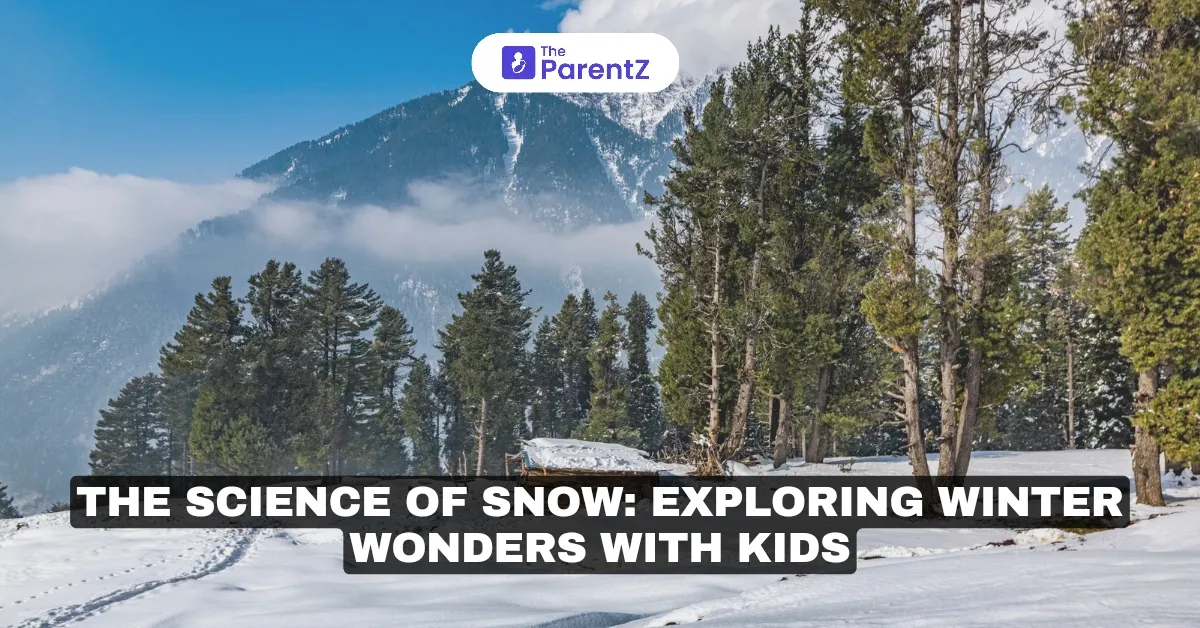

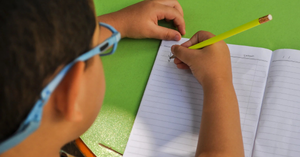
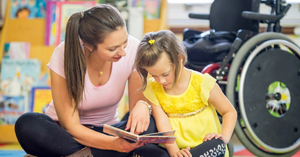
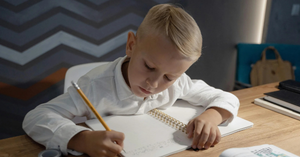
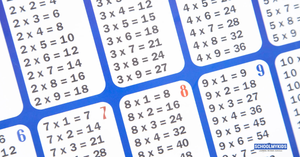

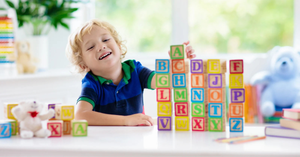
Be the first one to comment on this story.